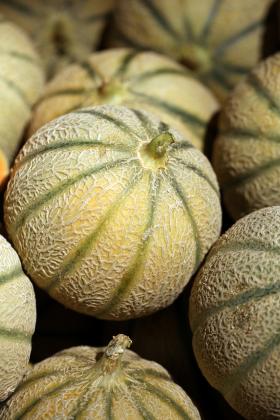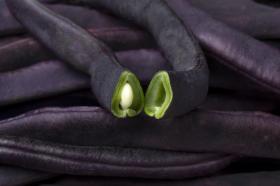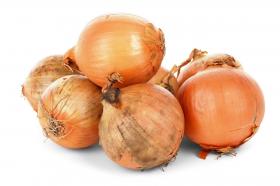
SPINACH - MATADOR, organic seeds
Spinacia oleracea
Green leaves are used to make salads, porridge, soups, can be canned for use in winter. Sown in the early spring if sown during the hot period (midsummer) - harvest will be poor. In order to have an early spinach harvest, should be sown in autumn.Spinach Matador is a variety that produces rosettes of dark green leaves, triangular, wide and thick, that can be eaten cooked or raw, immediately after harvest. This variety is cultivable all year round and slow to rise. A must have in your garden in the winter to get a good nutrient boost.
Growing spinach is a relatively easy and rewarding.
Selecting the Right Variety:
- Choose a spinach variety suitable for your climate. Some varieties are better suited for colder temperatures, while others are more heat-tolerant.
Choosing the Right Time:
- Spinach prefers cool weather, so it's best to plant it in early spring or late summer/early fall. Planting in the fall allows for a second harvest before winter.
Preparing the Soil:
- Spinach thrives in well-draining soil with a pH between 6.0 and 7.0. Work in organic matter such as compost to improve soil fertility.
Sowing Seeds:
- Plant spinach seeds directly in the garden or in containers. Sow seeds about 1/2 inch deep and 2 inches apart in rows that are 12-18 inches apart. You can also plant in wide beds.
Watering:
- Keep the soil consistently moist, but not waterlogged. Water deeply and regularly, especially during dry spells. Mulching around the plants helps retain soil moisture.
Fertilizing:
- Spinach is a leafy green, so a nitrogen-rich fertilizer will support its growth. Side-dress with compost or a balanced fertilizer during the growing season.
Thinning:
- Once the seedlings are a few inches tall, thin them to allow proper spacing. Spinach plants need about 4-6 inches of space between them to grow well.
Pest Control:
- Keep an eye out for pests like aphids and slugs. Use organic methods or insecticidal soap to control pests. Neem oil can also be effective against certain pests.
Harvesting:
- Harvest spinach leaves when they reach the desired size. You can pick individual leaves or cut the entire plant at ground level. Harvest before the plant bolts (produces flowers) for the best flavor.
Successive Planting:
- To have a continuous harvest, consider planting spinach every 2-3 weeks. This staggered planting ensures a fresh supply throughout the growing season.
Winter Protection (if applicable):
- In colder climates, consider protecting spinach with row covers or cold frames to extend the growing season into late fall or early winter.
Crop Rotation:
- To minimize the risk of disease, practice crop rotation. Avoid planting spinach in the same location year after year.
Remember that spinach can be a cool-season crop, so it's essential to pay attention to temperature preferences and adjust your planting schedule accordingly. By following these steps, you can enjoy a bountiful harvest of fresh and nutritious spinach.
Packet 240 seeds








